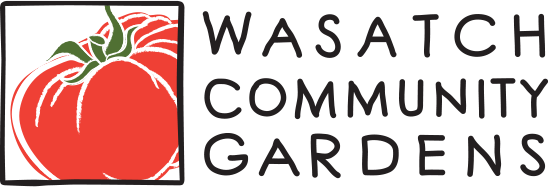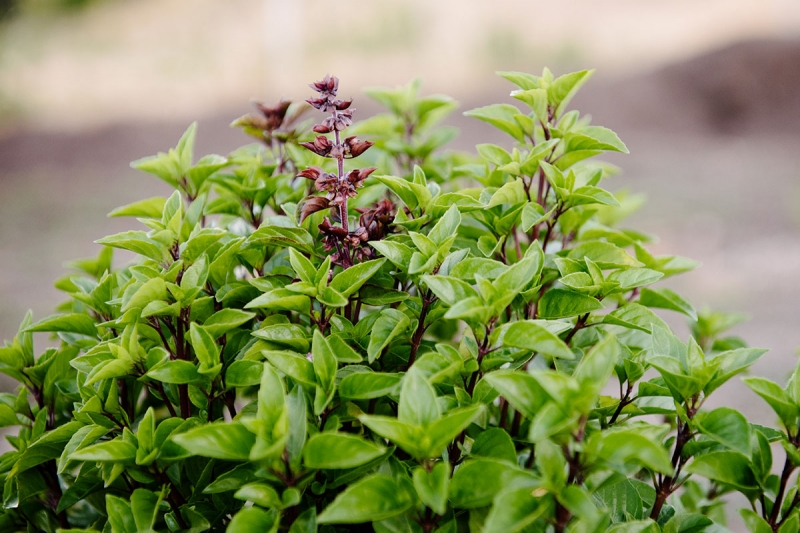Herbs are not only tasty, aromatic and beautiful, but they’re magical. It’s true. Herbs are not only great at attracting beneficial insects and repelling pests in your garden, but many also have medicinal properties to help keep our bodies healthy.
When planted as companion plants to vegetables in your garden, herbs (and flowers) help attract bees which help cross-pollinate crops. They also attract beneficial insects that eat the nasty pests who could feast upon your precious fruits and vegetables.
Besides being great for the health of our garden, herbs are wonderful for cooking and most of them also have medicinal properties. Did you know that garlic is known for its anti-fungal properties, and ginger helps your respiratory system?
II. USING HERBS YOU GROW
Harvest herbs as needed, making sure not to cut off too much of the plant. Foliage and flowers can be harvested continually. Cut just above new growth from the outside or top of the plant. Harvesting herbs such as basil by removing the very top of the plant, sometimes called “pinching back,” will stimulate new, healthy growth.
Dry summer-grown herbs often have a better flavor than herbs grown in winter. Preserve some of your summer garden for winter use. Dry in a dark place with good ventilation and low humidity (in an open paper bag on top of the refrigerator works well.) You can also use drying screens on racks high on a wall (hot air rises). Bunches can also be created and dried by fastening rubber bands to wire hangers. Use directly from bunches as needed, but remember that dried herbs are not as good in the sun. Herbs can also be dried in the oven or microwave; see resources for more information.
Store in glass jars or canning jars that are as close to airtight as possible. Crush most herbs for culinary uses; leaves and blossoms for tea can be left for herbs. Remember to label your containers. You can also freeze herbs: dill, fennel, marjoram, mint, parsley, and tarragon freeze very well. You can also make frozen cups of herbs: puree fresh herbs with water or oil to add to recipes or make a quick winter pesto (this can be done with basil, parsley, arugula and many others).
II. RECIPES
Herbal Tea (non-caffeinated flower or leaf made into an infusion)
Herbs like mint and lemon balm grow great in containers (in the garden they tend to take over) and make yummy herbal tea. Peppermint helps upset tummies, lemon balm helps calm the nerves. Chamomile and lavender can be a nice combo if you have a headache.
Hot infusion- boil water and pour over dried or fresh leaves; let steep 3-5 minutes. [Use the ration of 1 T of dried herb mixture per 1 c. water; if using fresh herbs you need much more.] For iced tea, cool and add ice if desired.
Cold infusion- make a sun tea: put herbs in mason jar with warm water, leave covered in direct sun for 3-4 hour [indirect sun for 6 hours or overnight]. For sweeter tea, add a little bit of honey.
–>When making any tea combinations, make sure you know what all the properties are for the herb before making. Some herbs should not be taken while pregnant, some cause high blood pressure, etc.

